A Guide to Choosing and Maintaining Your Home's New Siding
By Scott & Karen Dillman | January 13, 2025
Choosing and maintaining the right siding for your home is an important task that defines not only the aesthetic appeal of your house but also its protection against the elements. With the myriad of options available, deciding on the best material that fits your budget, style, and maintenance ability can be daunting. Furthermore, proper installation and upkeep are crucial in ensuring your siding's longevity and efficiency. In this guide, we'll explore the various options available for home siding, factors to consider when making your choice, and essential maintenance tips to keep your siding in optimal condition.
Understanding Siding Options
Home siding comes in several different materials, each offering unique advantages. Vinyl siding remains one of the most popular choices due to its affordability, versatility, and low maintenance needs. Alternatively, cement board siding offers the appearance of wood but with greater durability and resistance to weather and pests. For those looking for a more traditional aesthetic, cedar siding provides natural beauty, albeit with slightly higher maintenance demands compared to synthetic options. It's also important to consider newer, eco-friendly options, like reclaimed or recycled materials, which are gaining popularity for their sustainability and reduced environmental impact.
Considering Climate and Environment
Your home's geographic location plays a significant role in determining the best siding material. Homes in areas prone to extreme weather conditions, such as high humidity or fluctuating temperatures, benefit from siding materials that offer superior durability and insulation. For instance, with its strong fire-resistance of up to 750 degrees Fahrenheit, vinyl siding can be an excellent choice for homes in areas with dry, wildfire-prone climates, according to Forbes. In contrast, cedar siding may be less suitable in humid areas where it can be susceptible to rot or insect infestation. By selecting a material that aligns with your local environment, you’ll increase the long-term performance and resilience of your siding.
Aesthetic Appeal and Design
The aesthetic appeal of your siding can significantly enhance your home's curb appeal and overall market value. Different materials and styles range from the sleek and modern appearance of metal siding to the rustic charm of cedar shakes. It's essential to choose a style that complements your home's architectural design and your personal taste. Color options are equally important, as lighter colors may reflect more sunlight and help in energy efficiency, while darker hues can add a bold statement to your home's exterior. Furthermore, the right texture or finish, such as smooth or rough, can influence the overall look and feel of your home.
Cost and Value Considerations
When selecting a siding material, balancing initial costs against long-term value and maintenance is crucial. Vinyl siding, for example, offers excellent value with lower upfront costs and minimal maintenance needs over time. Meanwhile, options like cement, though more expensive initially, provide unmatched durability and a timeless appeal that can increase a home's resale value. Making an informed decision based on your budget and long-term plans is essential in choosing the most cost-effective siding for your home. You’ll want to factor in the cost of installation, maintenance, and any potential repairs to get an accurate picture of your siding investment.
Maintenance and Longevity
Regular maintenance is vital to extend the lifespan and appearance of any siding material. Routine inspections for cracks, fading, or moisture damage, along with timely repairs, can prevent minor issues from developing into significant problems. For materials like cedar siding, regular sealing or painting is necessary to protect against weathering, while vinyl siding requires simple periodic cleaning with a hose or soft brush to keep it looking fresh. Understanding the maintenance demands of your chosen material will ensure your siding continues to protect and beautify your home for years to come. Neglecting these upkeep practices can lead to costly repairs and decreased curb appeal over time.
Choosing the right siding for your home involves careful consideration of various factors including material, climate, aesthetics, and cost. Selecting a siding that fits your needs and preferences is essential in providing lasting protection and enhancing your home's curb appeal. Additionally, understanding the maintenance requirements of your chosen siding will help preserve its condition and value over time. Whether you opt for the affordability of vinyl or the classic elegance of wood, informed decisions and regular upkeep are key to enjoying a beautiful, well-protected home. If you are ready to get started with one of the top siding companies
in the area, contact Dillman Brothers today!
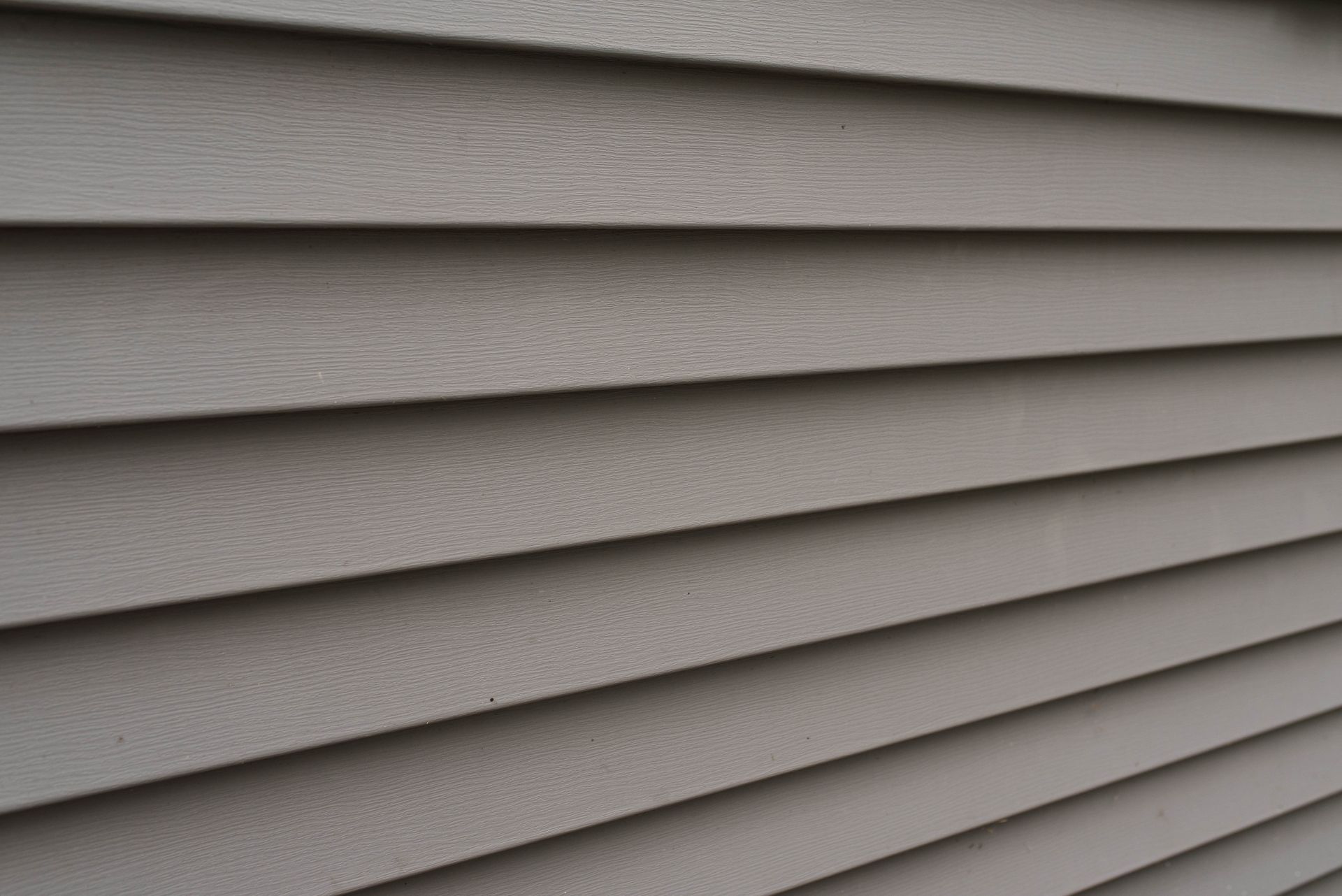
Highlights: Homes in humid or rainy climates demand siding that resists moisture, mold, rot, and warping. Materials like fiber cement and high-quality vinyl stand out for durability and low maintenance. Proper installation and ventilation matter just as much as material choice. Dillman Brothers serves homeowners in Champaign, IL and can guide local siding decisions. Selecting the right siding for Champaign, IL’s conditions helps protect your investment and improve performance. What Climate-Challenges Siding Faces in Humid or Rainy Regions In a region like Champaign, IL where humidity and rain occur regularly, siding faces more than just aesthetic stress: moisture intrusion, mold growth, rot, and warping become real risks. According to Kebony , excess dampness or trapped moisture can quickly damage insulation, weaken wood framing, and create mold inside the home. Homes in wetter and more humid climates require siding systems that manage moisture rather than simply look attractive. That’s why when Dillman Brothers works with homeowners in Champaign, IL, they emphasize materials chosen for water resistance, drainage, ventilation, and proper installation.


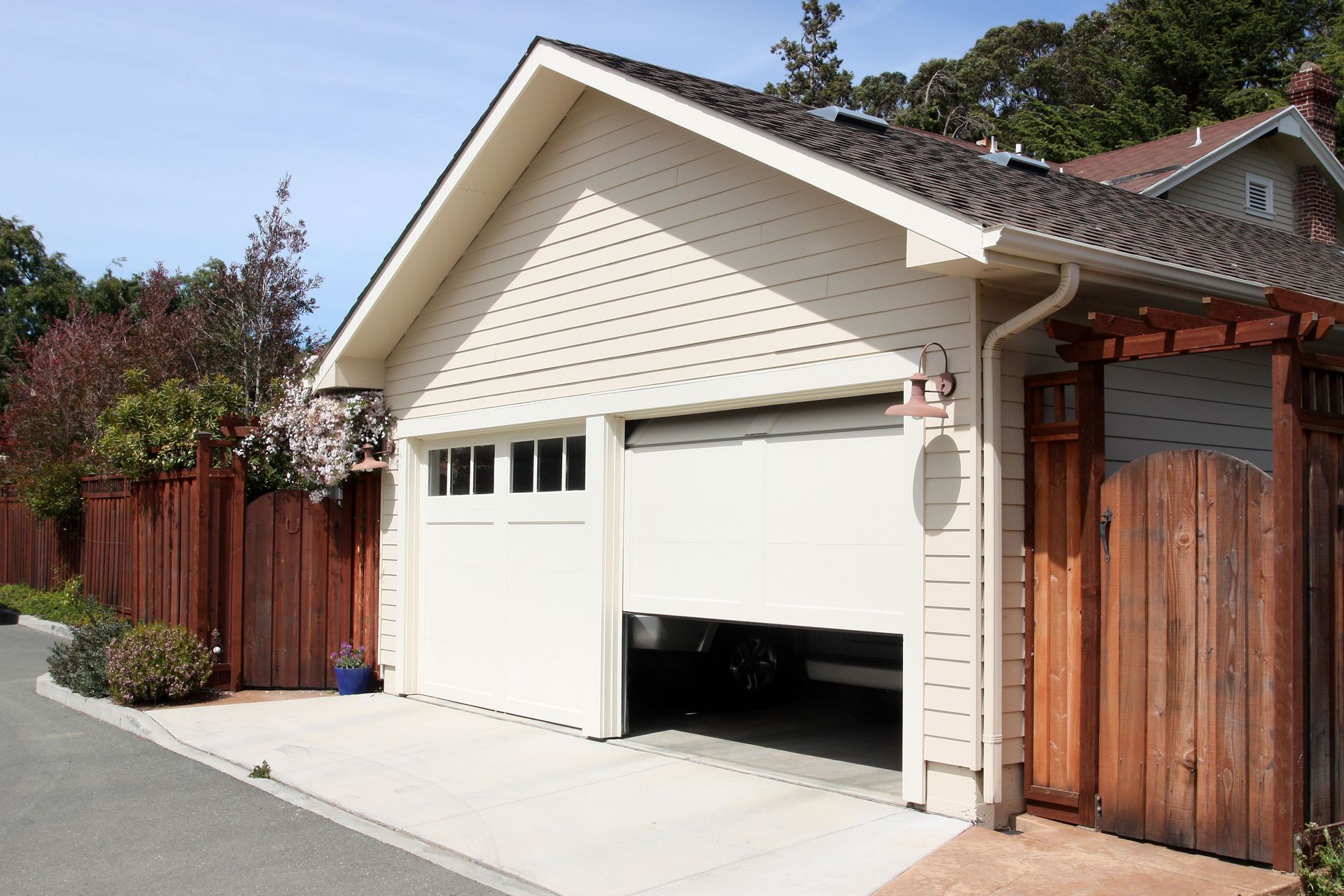
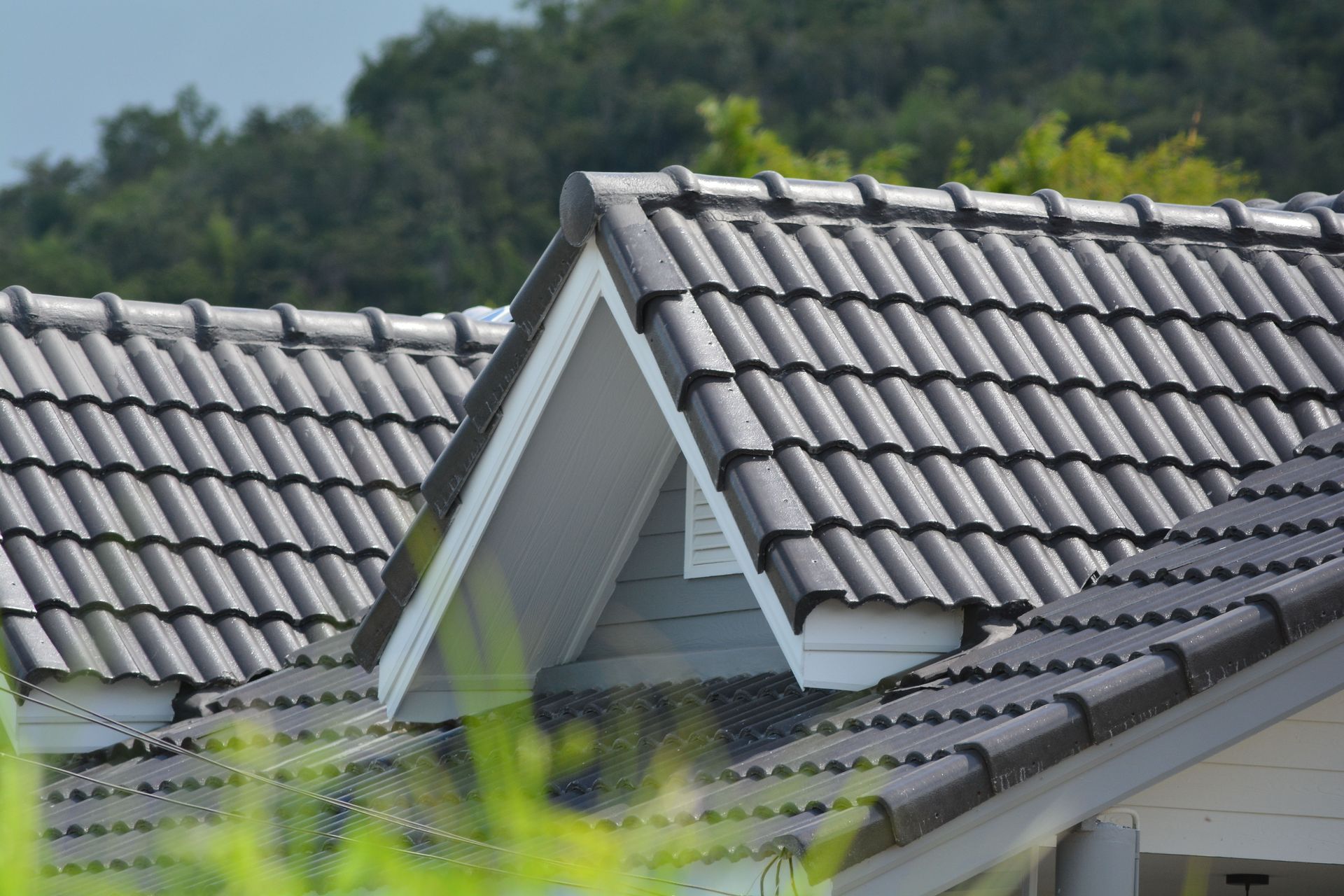
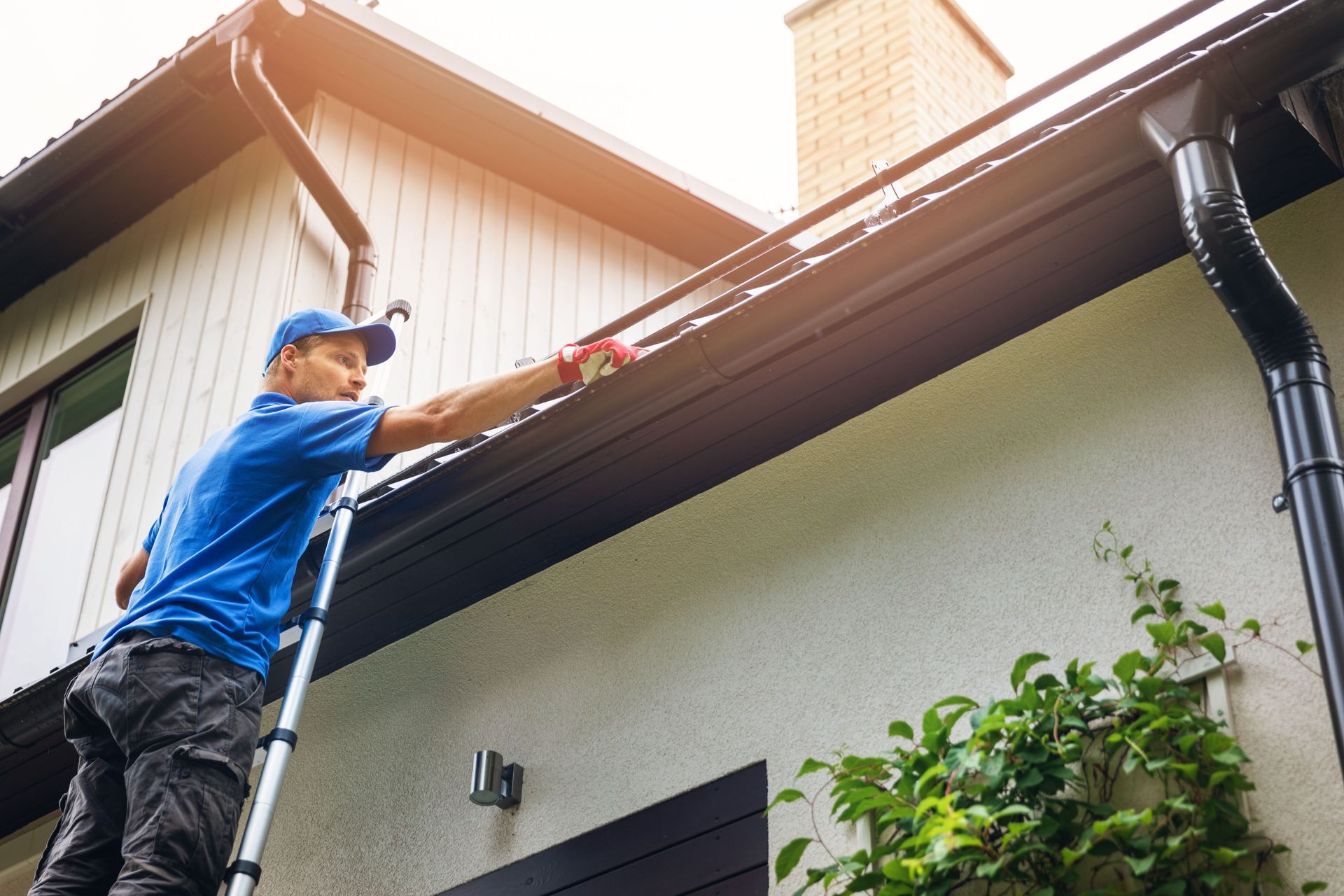
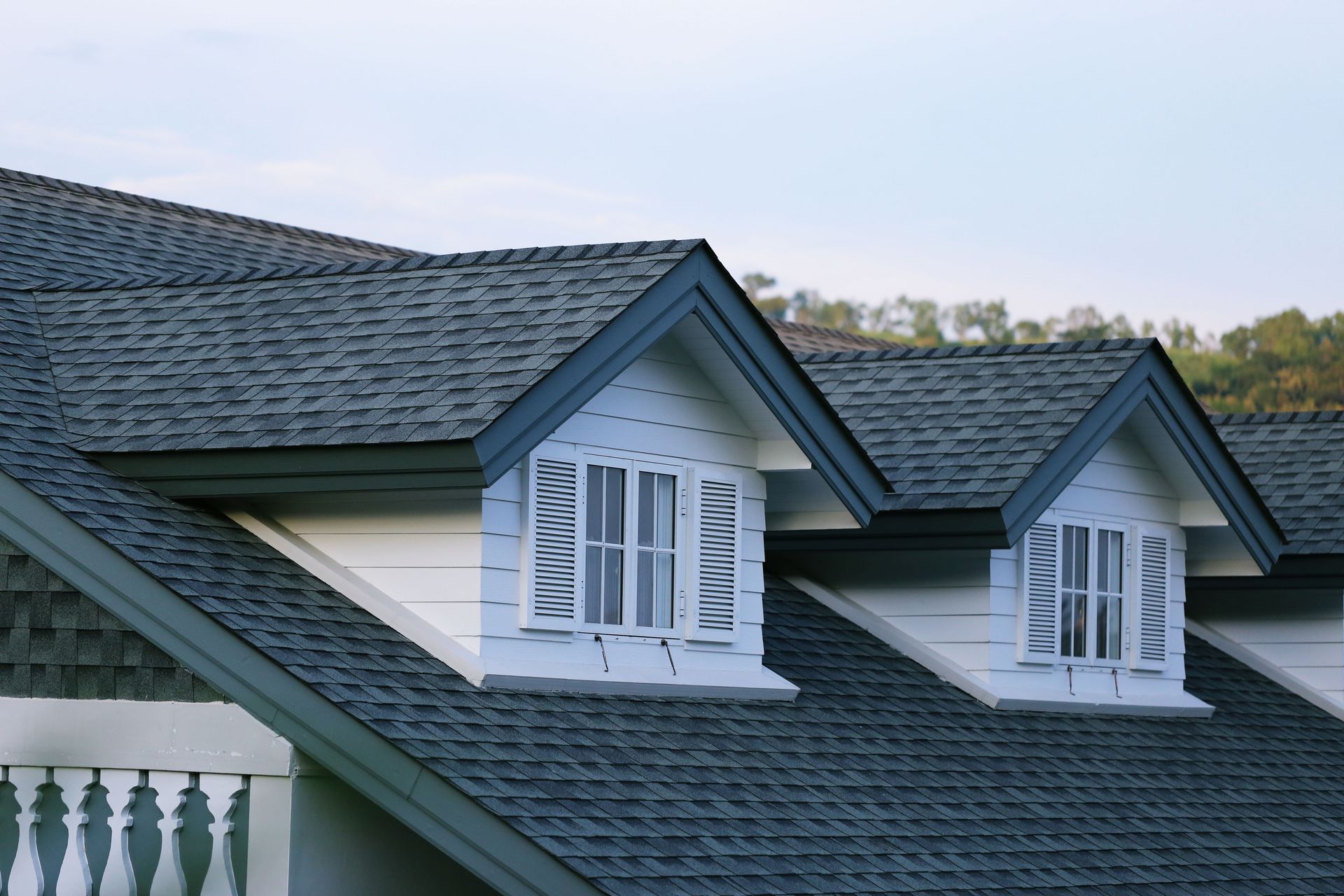

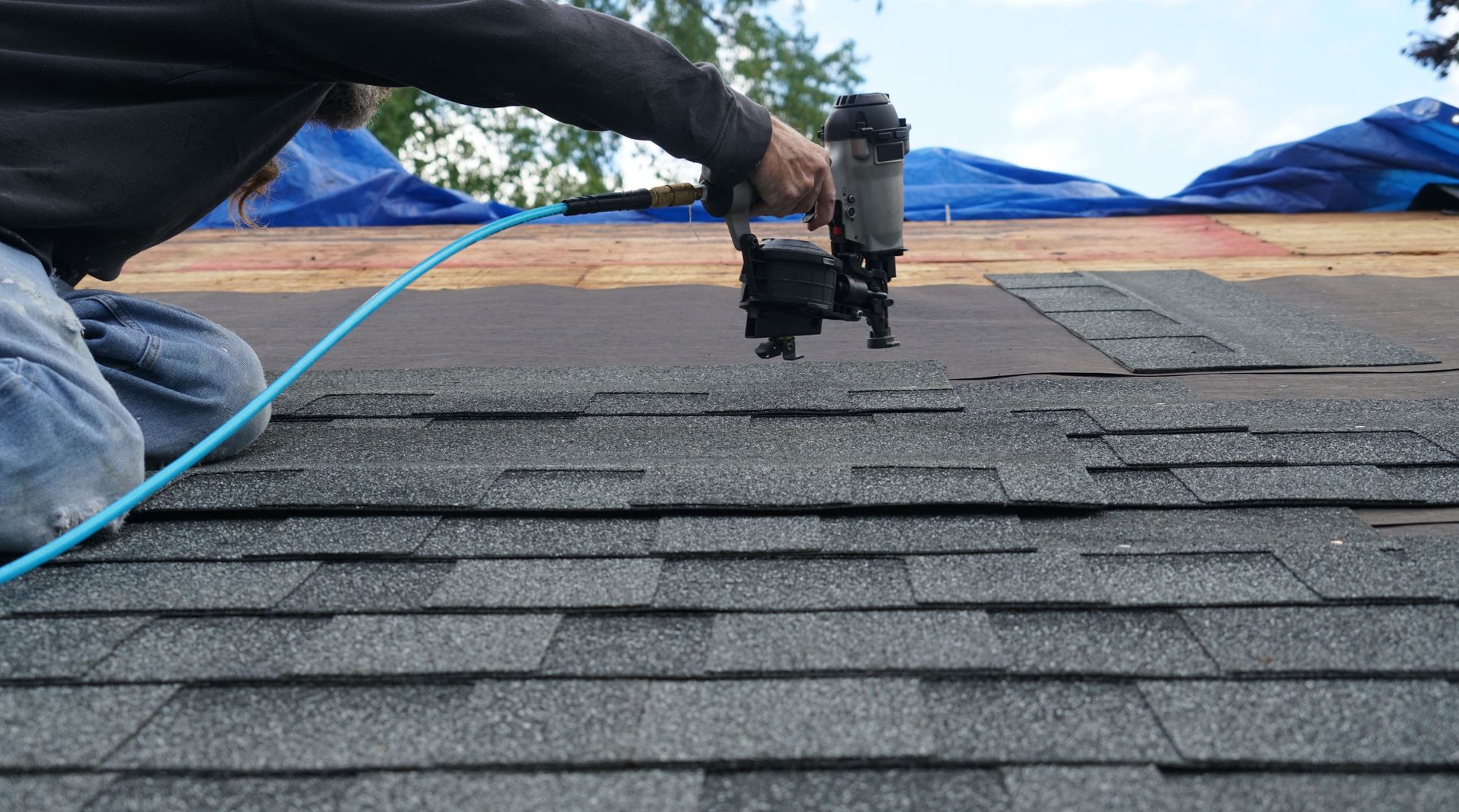

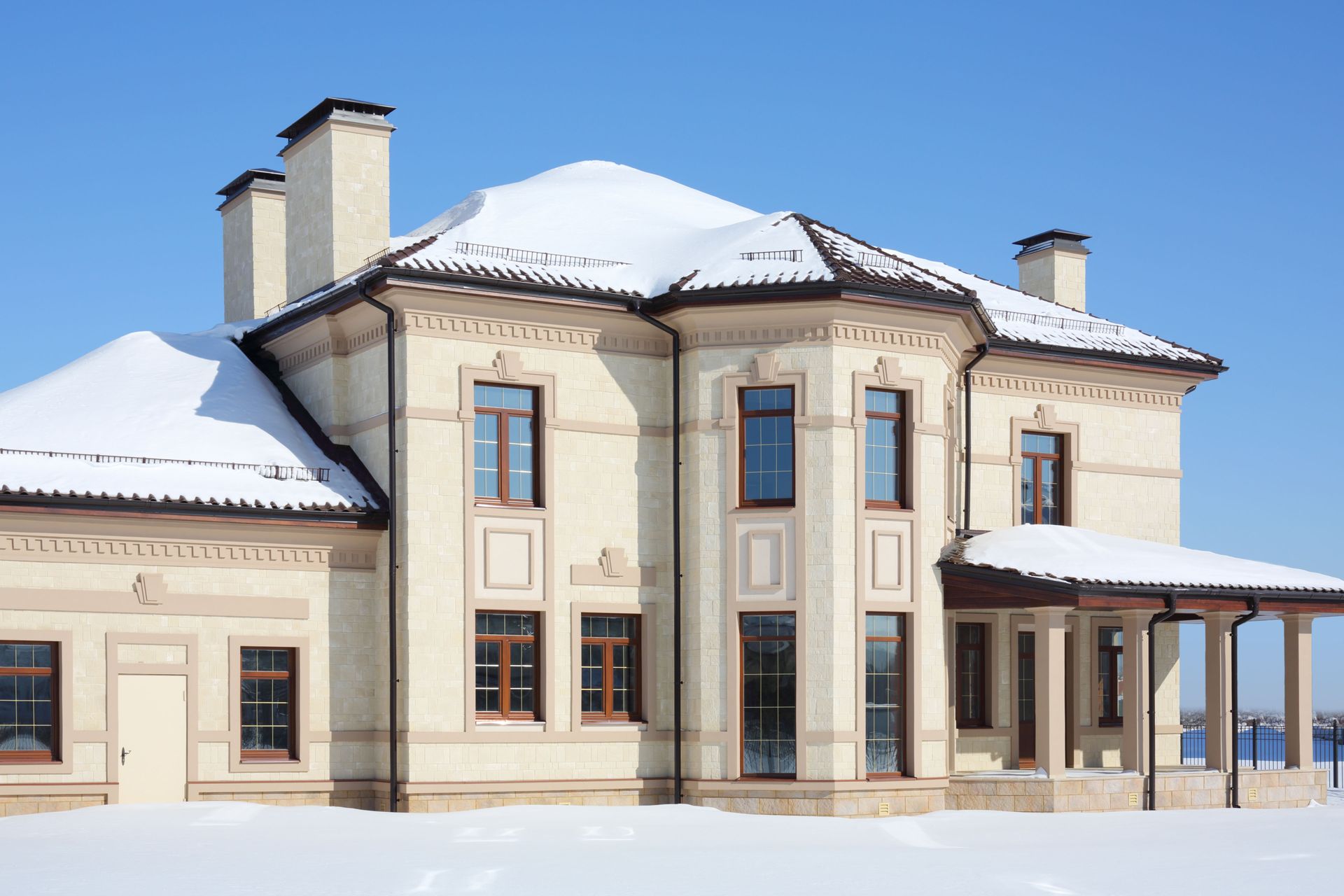
Share On: